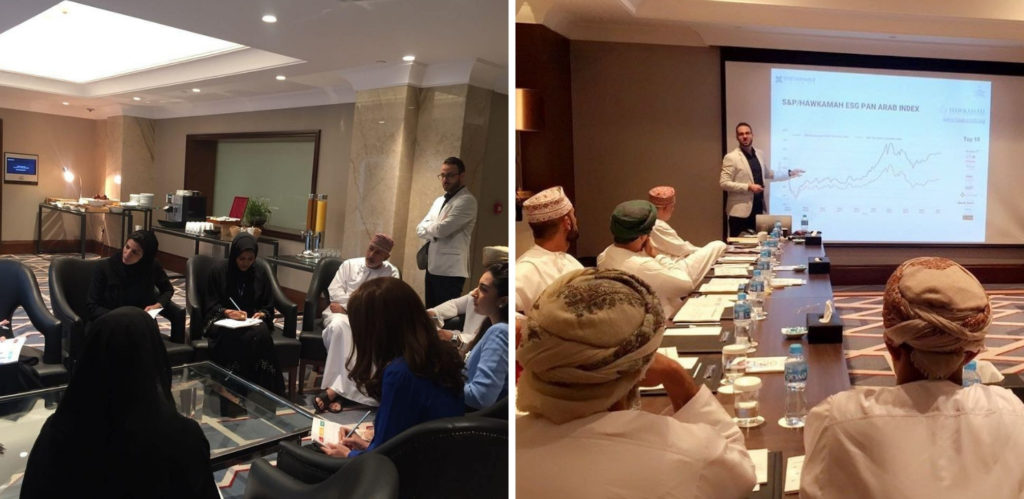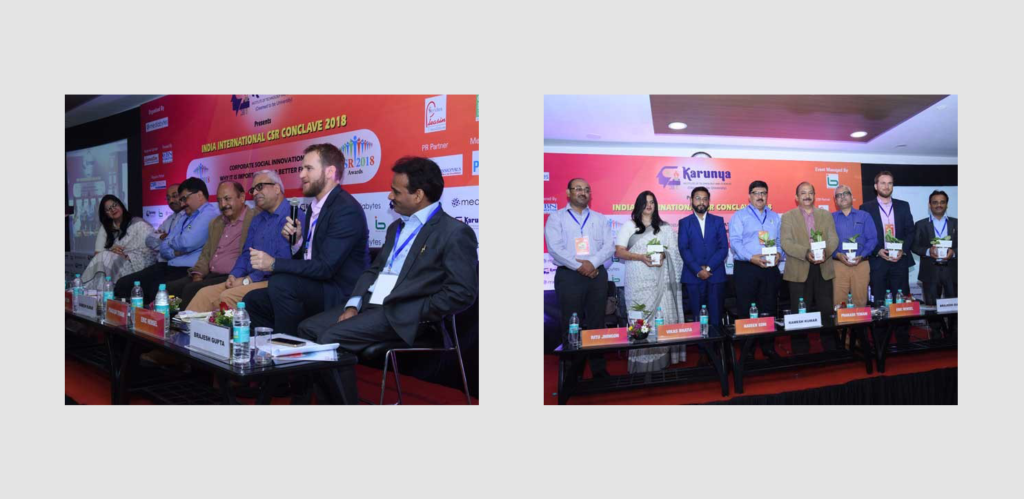Our Head of Responsible Investing, Davide Del Deo had the pleasure of moderating an interesting panel on the “Circular Economy as an enabler for revenue optimization” in the #RevOpUAE event organised by Spade on the 22nd of March. The panel members were Nadia Ibrahim, Head of Sustainability at Farnek, Bill Heath, General Manager at Emrill Consultancy, Rahul Shah, Sector Development Director EMEA Built Environment at BSI and Ivano Iannelli CEO at Dubai Carbon.
Please find here the recording of the panel discussion or read below for the highlights: https://lnkd.in/dg6yGyC
In the introduction Davide defined the Circular Economy as an approach based on the elimination of waste and the 4-Rs; Reduce, Reuse, Refurbish and Recycle highlighting the importance of doing so in this specific order. The Circular Economy therefore refers to the cradle to cradle theory as compared to the cradle to grave approach of the linear economy.
Simply put, very often products and even buildings are built without a thought as to what will happen once they have served their purpose and therefore end up as waste that needs to be managed while representing an added burden to an already threatened ecosystem; this is the overall result of a linear economy. A Circular Economy on the other hand takes into account the full lifecycle of a product to ensure it can be reused, refurbished, or recycled.
As Davide highlighted , The Circular Economy therefore “gives business the opportunity to generate revenue by addressing social and environmental challenges that if left untreated could represent much bigger issues for humanity”
During the panel, the speakers discussed the economic aspects of the Circular Economy for the built environment. All the panelists seemed to agree to a point mentioned by Rahul Shah, for whom, in order to ensure the circular lifecycle of a product, the four Rs needed to be considered in the design phase. On this topic, the panelist shed light on the common concerns and barriers that lead companies to disregard circularity in the design phase.
During his intervention, Bill Heath mentioned that very often, in the construction industry, designs that account for the building lifecycle can increase the capital cost leading to a pushback from developers and constructors. However, in the long run, such consideration can reduce the cost of rework and make buildings more efficient. As an example, Bill mentioned a design review for Jumeirah Beach Residence where the waste management was not properly integrated into the design phase. His company therefore proposed a vacuum system able to merge all the community waste in the same place. The payback period for the investment was 4 years but lead to a very low waste management cost in the long run.
Ivano Iannelli on a different note, raised a concern regarding individual’s attitudes towards circularity. He mentioned that there is an attitude problem when talking about circularity as very often individuals do not feel concerned about the lifecycle of a product knowing they will probably not be involved at the end of the lifecycle. Ivano mentioned that circularity is extremely economically viable and that is often due to the attitude of individuals that opportunities are not properly assessed. Ivano gave an example from the aviation industry, mentioning that the overhead panel of an aircraft seat comprised of three different parts that are made up of 15 different kinds of plastics. This makes refurbishing or recycling very complex and is not economically viable in the long run for a plane that has a lifecycle of 20 years.
Nadia Ibrahim mentioned how important it is to reuse and repurpose instead of simply recycling, she quoted the results of a report by the World Economic Forum regarding the UAE: “If UAE moves towards a Circular Economy approach, by 2030 UAE can generate about 4.5 trillion dollars alone from the Circular Economy”. This is a clear indication of the potential revenue that switching from a linear to a circular economy can have. Nadia mentioned that circularity is especially important for a country like the UAE that is heavily reliant on raw materials especially for construction which is a large industry in the country. In the construction industry, most of the raw materials end up in landfills which is a real problem or a real opportunity in a country where buildings usually have a lifespan of about 20 years. Nadia believes the UAE can be a source point for entrepreneurship and innovation in circularity and that as a hub it can have ripple effects in the Middle East, Africa and Asia. She spoke out about the real effort made by the Government of the UAE towards circularity through the alignment to Scale 360 in the World Economic Forum and the new January 2021 Circular Economy Policy in the UAE.
Rahul Shah elaborated on the way forward for companies to adopt circularity. He spoke about softwares and frameworks that can help companies to change their business model and adopt circularity while growing their business. He also talked about opportunities that switching to a circular economy represents for entrepreneurs and consultants that can offer services that will enable the switch.
The conversation between the panelists shed light on the economic and psychological challenges faced when thinking about the circular economy and provided insights as to the real economic opportunities that circularity can offer. Davide shared a quote which is a good closing argument to this discussion, “We have no Planet B and the Earth is already showing signs of illness to which we should all pay attention. The Circular Economy approach can be the solution to many of human-kind threats” as it is clear from this discussion that the Circular Economy can bring solutions but can do so together with great economic opportunities.

